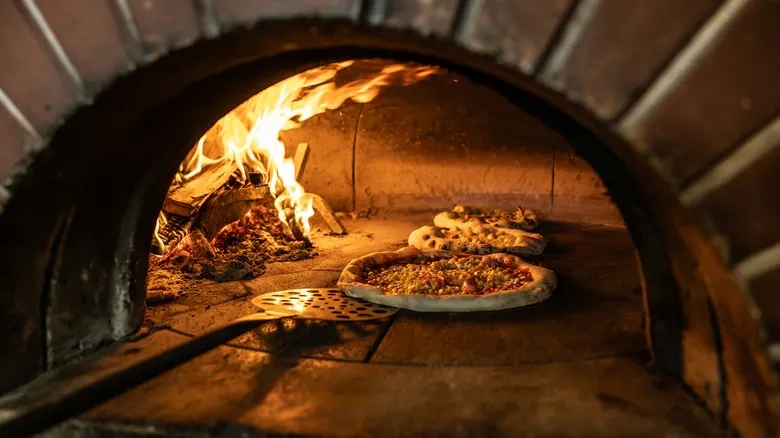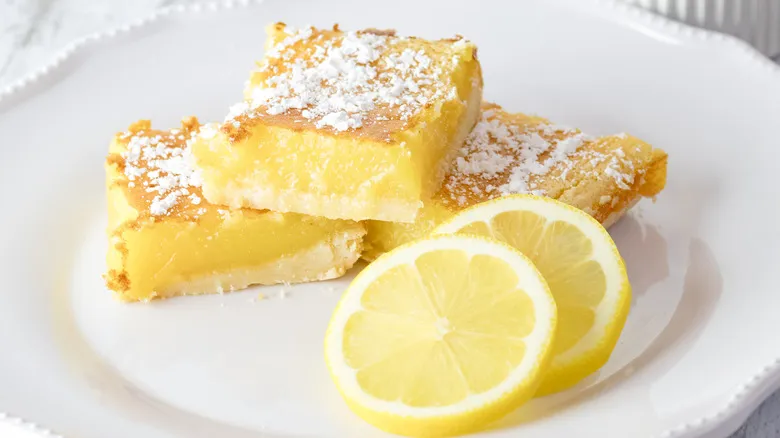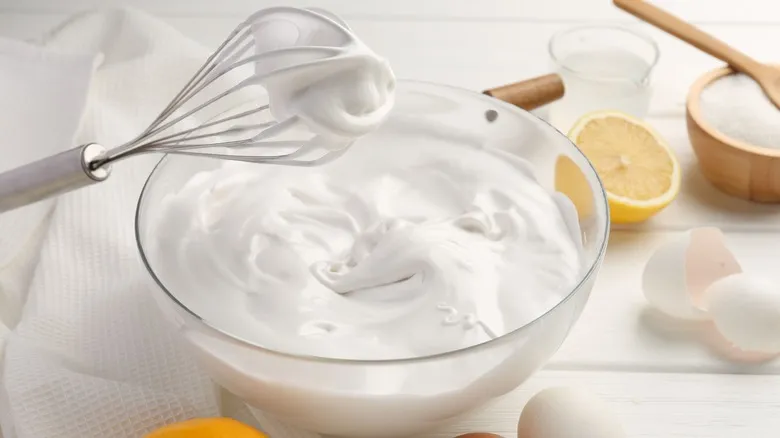Baking pizza with firebricks

A significant drawback of standard kitchen ovens is their inability to reach the high temperatures necessary for properly cooking a pizza. Pizza ovens can achieve temperatures between 800 and 900 degrees Fahrenheit, allowing them to cook a pizza in just a few minutes. In contrast, conventional ovens typically max out around 500 degrees Fahrenheit, which is the optimal temperature for pizza when a specialized oven isn't available. This means that as a home pizza maker, you need to find ways to boost your oven's temperature, even if you can't simply turn the dial higher.
One method to achieve this is by preheating your oven for an extended period (up to half an hour). However, using firebricks offers an additional advantage: their high thermal mass allows them to absorb and release significant amounts of heat, effectively mimicking the intense heat of a pizza oven. Firebricks are commonly utilized in DIY pizza ovens due to their density, porosity, and strength compared to clay bricks. Although they are heavy, if you're prepared to lift firebricks into your oven, their weight contributes to their ability to retain heat, making them highly effective for creating restaurant-quality pizzas at home.
Other tools to upgrade pizzas

Firebricks are effective on their own, but you can also combine them with other pizza-cooking tools or replace them with lighter alternatives. If you're committed to making pizzas in your home oven, investing in a pizza stone, like this one from Nordic Ware, is a wise choice. Although it's called a stone, it's actually a flat ceramic slab that retains heat well; its porous nature allows it to absorb moisture, which can accumulate at the bottom of a pizza during cooking, helping to prevent a soggy crust.
You can also utilize metal cookware, either independently or alongside firebricks. For example, cooking frozen pizza in a cast iron skillet can yield great results; if you have one, a baking sheet can also help you achieve similar outcomes with a homemade pizza. A recipe designed for a sheet pan pizza might provide a larger pie to serve more guests, but it generally follows the same steps as traditional home-cooked pizza. However, keep in mind that while baking pans heat up more quickly and don’t need preheating, they lack the porosity to absorb liquids and may not cook the bottom evenly, unlike firebricks or a pizza stone.
Recommended

The Tip Paul Hollywood Swears By When Baking Homemade Pizza Dough

The Secret Savory Ingredient Valerie Bertinelli Adds To Homemade Lemon Bars

How To Make Whipped Cream Last Longer (Hint: It's One Ingredient)

The Mistake You're Making Whenever You Use Canned Pumpkin
Next up

